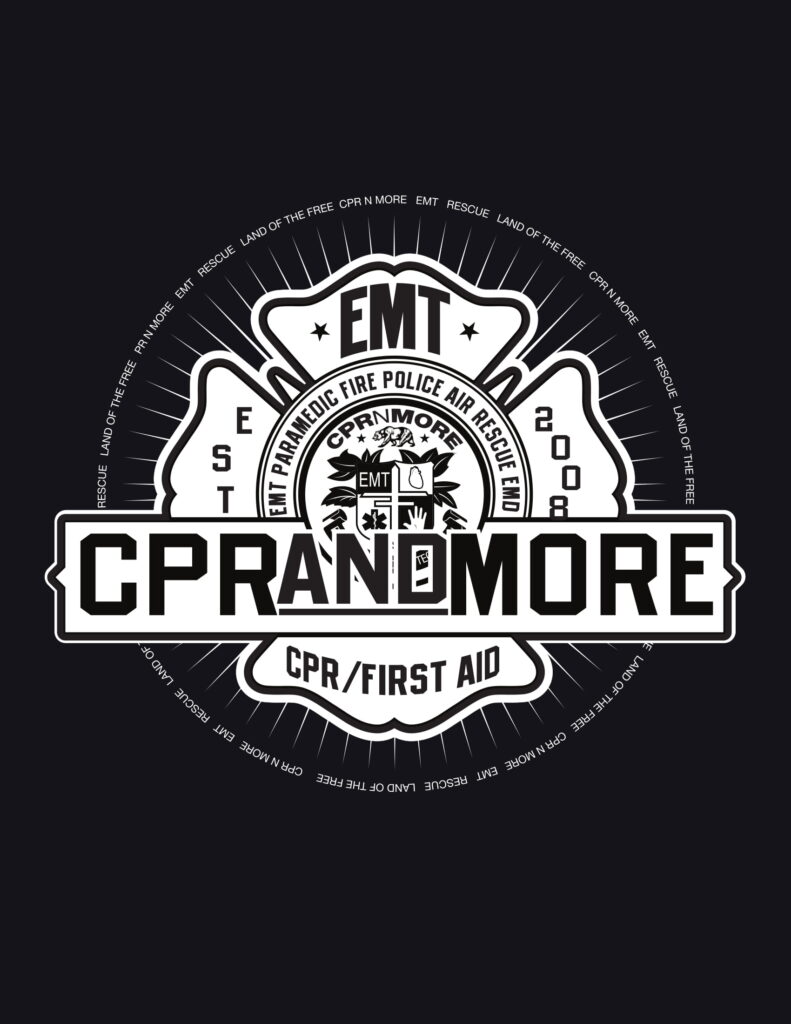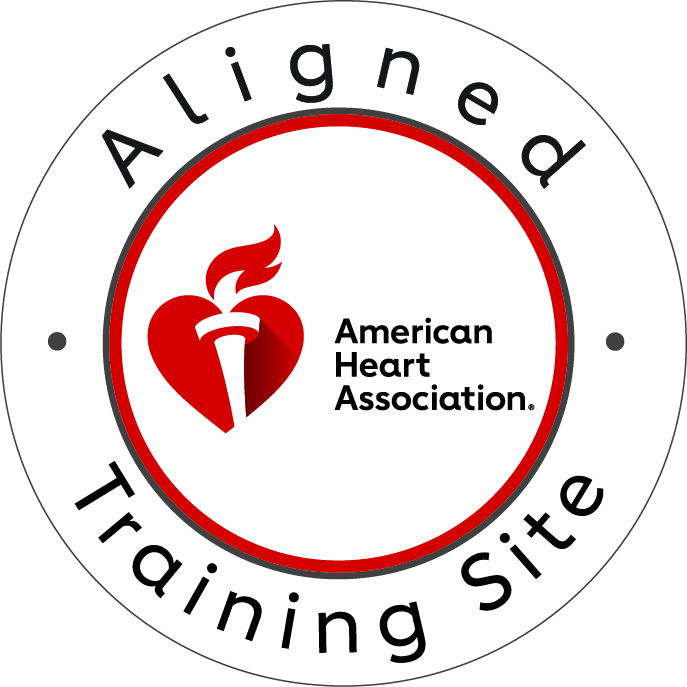The 2015 Guidelines Update
This Update focuses on topics with significant new science or ongoing controversy. This serves as an update to the 2010 guidelines rather than a complete revision. It also marks the beginning of a new era, because the guidelines will transition from a five-year cycle of periodic revisions. Also, updates to a Web-based format that’s continuously updated by using an evidence evaluation process to facilitate more rapid translation of new scientific discoveries into daily patient care. The first release is available at http://eccguidelines.heart.org and is based on the comprehensive 2010 Guidelines plus the 2015 update.
What hasn’t changed is the emphasis on optimizing the system of care for out-of-hospital cardiac arrest, emphasizing measurement of process and outcomes as a foundation for continuous quality improvement.
BLS & CPR Quality:
There’s a new recommendation to consider use of social media to summon rescuers who are willing and able to perform CPR and are in close proximity to someone with a suspected cardiac arrest. Dispatcher-assissted CPR recommendations were also strengthened.
Notable changes in BLS include new upper limits for compression rate (100–120/min) and compression depth (5–6 cm). New data continues to indicate mechanical CPR isn’t superior to manual CPR and thus isn’t recommended for routine use. It’s noted, however, that it might be beneficial in special circumstances.
The use of the impedance threshold device alone during CPR isn’t recommended based on the neutral results of a large multicenter trial. However, the use of the ITD combined with active compression-decompression CPR may be considered as an alternative to standard CPR based on the potential for improved survival with good neurologic function.
Pediatric BLS & ACLS:
Pediatric guidelines were updated with limited changes and, in most cases, mirror changes in the adult guidelines. New algorithms for single-rescuer and multiple-rescuer pediatric healthcare-provider CPR were created. The upper limits of chest compression rate and depth recommended in adult BLS were also applied to adolescents.
Conclusion:
Overall, the 2015 AHA Guidelines continue to refine our resuscitation strategies based on available new evidence. Successful resuscitation depends on coordinated systems of care that start with prompt rescuer actions and delivery of high-quality CPR, continued through optimized ACLS and post-cardiac arrest care. Systems that monitor and report quality of care metrics and patient-centered outcomes will have the greatest opportunity through quality improvement to save the most lives.


